Nearly half of the U.S. companies currently using OpenAI’s ChatGPT say the chatbot has already replaced workers.
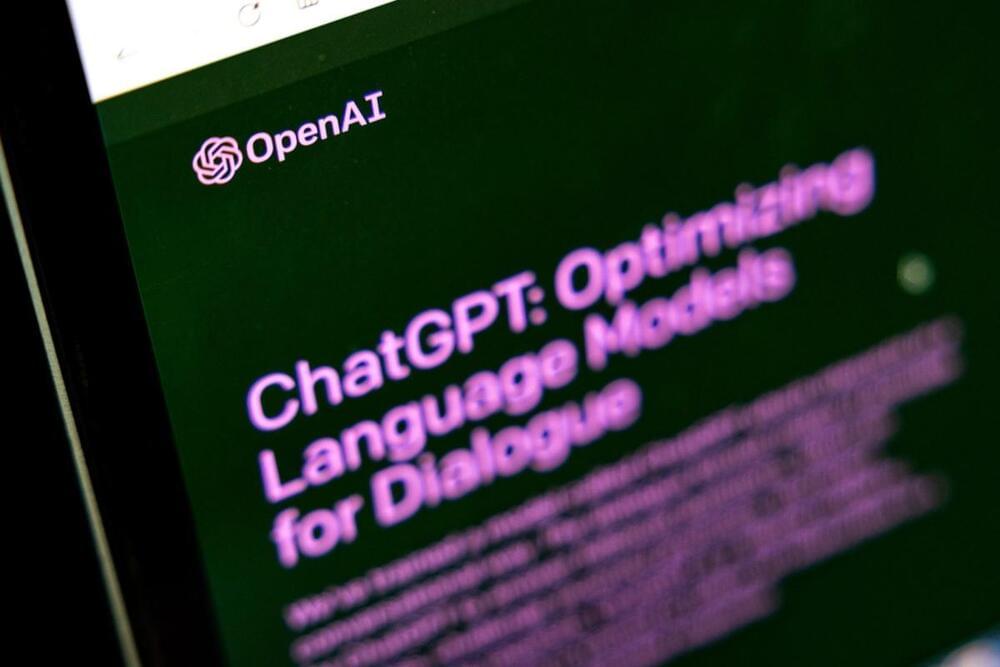


At present, scientists study gravitational fields passively. They observe and try to understand existing gravitational fields produced by large inertial masses such as stars or planets, without being able to change them, as with magnetic fields. It was this frustration that led Füzfa to attempt a revolutionary approach: creating gravitational fields at will from well-controlled magnetic fields and observing how these magnetic fields could bend space-time.
In his article, Füzfa has proposed, with supporting mathematical proof, a device with which to create detectable gravitational fields. This theoretical device is based on superconducting electromagnets and therefore relies on technologies routinely used, for example, at CERN or the ITER reactor.
https://phys.org/news/2016-01-paper-method-gravitational-fields.amp.
Ted Talk YouTube
Listen to the story told by André Fuzfa, the physicist with the radical.
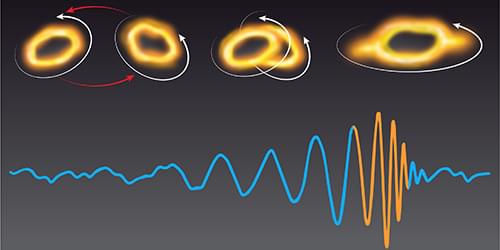
Simulations show that nonlinear spacetime dynamics manifest in the postmerger gravitational-wave signal of binary black hole coalescence.
“Spacetime tells matter how to move; matter tells spacetime how to curve.” This statement by physicist John Wheeler captures a defining feature of general relativity: its prediction of nonlinear spacetime dynamics. Such nonlinear evolution should be most evident in energetic spacetime events such as merging black holes, prompting the question of whether we can test for it using observations of gravitational waves emitted during such mergers. Two independent teams, led by Keefe Mitman at the California Institute of Technology [1] and Mark Ho-Yeuk Cheung at Johns Hopkins University in Maryland [2], show that this is the case. Using numerical simulations, they show the presence of nonlinearity in postmerger gravitational-wave signals.
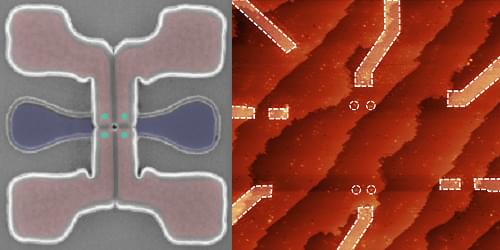
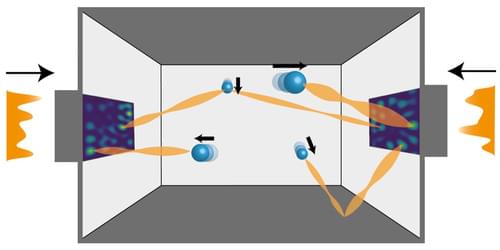
Researchers predict that the “scattering matrix” of a collection of particles could be used to slow the particles down, potentially allowing for the cooling of significantly more particles than is possible with current techniques.
When light travels through an environment containing many particles, information about the collective motion of the particles gets added to the light. This information leaves a measurable signature on a quantity known as the scattering matrix. Now researchers from the Vienna University of Technology predict that the information in this matrix could be used to alter the speeds of the particles [1, 2]. The team says that, if experimentally realized, the technique could allow scientists to study the collective quantum behavior of more particles than is possible with current techniques.
Researchers have long been fascinated with using light to slow down or even freeze the motion of a collection of particles. One motivation is that cooled particles can be isolated from outside influences in order to study quantum behaviors such as entanglement. To date, researchers have simultaneously cooled one or two particles, but they have struggled to scale techniques to cool additional particles.
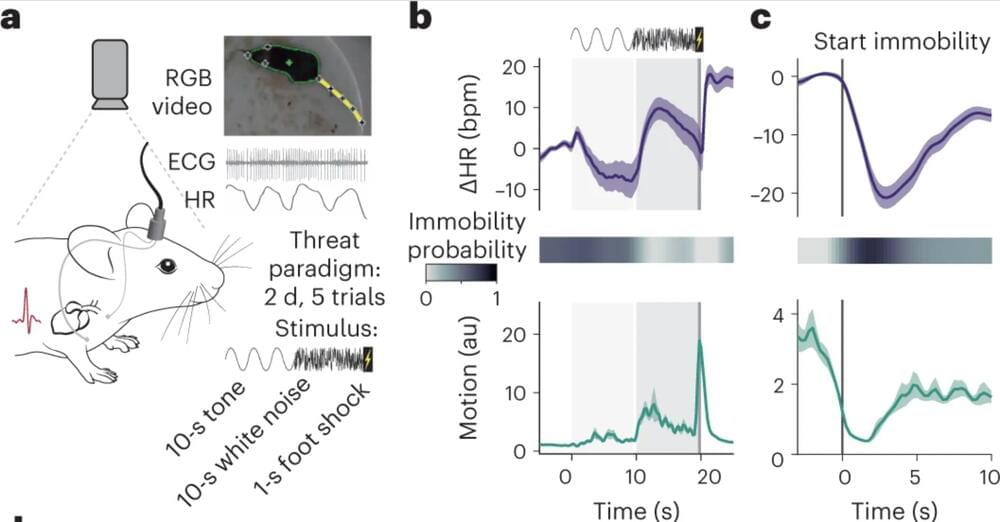
Anxiety disorders are becoming increasingly common, with estimates suggesting that almost one in three people in the U.S. will experience high levels of anxiety at some point in their life. Anxiety is essentially a feeling of unease, worry or psychological discomfort, typically associated with catastrophic thoughts about a real or imagined future life event.
When they are anxious, humans experience the same sensations and physiological responses they would feel when they are afraid of a real and immediate threat, such as a lion chasing them, an ongoing natural disaster, and so on. To better support patients with anxiety disorders, neuroscientists and psychology researchers have been trying to understand the neural underpinnings of fear and anxiety for many years.
Ultimately, both fear and anxiety tend to promote defensive behaviors in response to real or imaginary threats, respectively. The most widely documented among these are the so-called freeze (i.e., staying still), flight (i.e., avoiding a feared situation or escaping), fight (i.e., arguing or becoming aggressive) and fawn (i.e., overpleasing or submitting to another human to avoid the escalation of conflict).
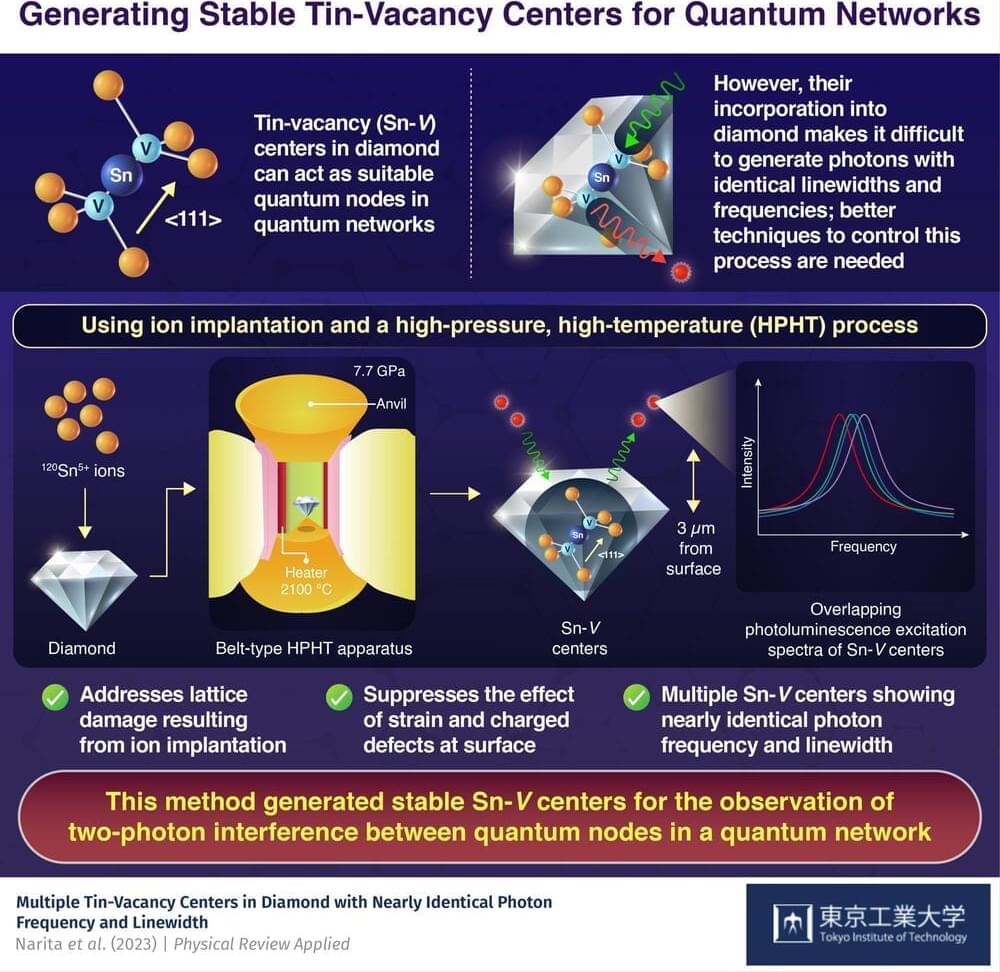
Quantum entanglement refers to a phenomenon in quantum mechanics in which two or more particles become linked such that the state of each particle cannot be described independently of the others, even when they are separated by a large distance. The principle, referred to by Albert Einstein as “spooky action at a distance,” is now utilized in quantum networks to transfer information. The building blocks of these networks—quantum nodes—can generate and measure quantum states.
Among the candidates that can function as quantum nodes, the Sn-V center in diamond (a defect where a tin (Sn) atom replaces a carbon atom, resulting in an interstitial Sn atom between two carbon vacancies) has been shown to have suitable properties for quantum network applications.
The Sn-V center is expected to exhibit a long spin coherence time in the millisecond range at Kelvin temperatures, allowing it to maintain its quantum state for a relatively long period of time. However, these centers have yet to produce photons with similar characteristics, which is a necessary criterion for creating remote entangled quantum states between quantum network nodes.
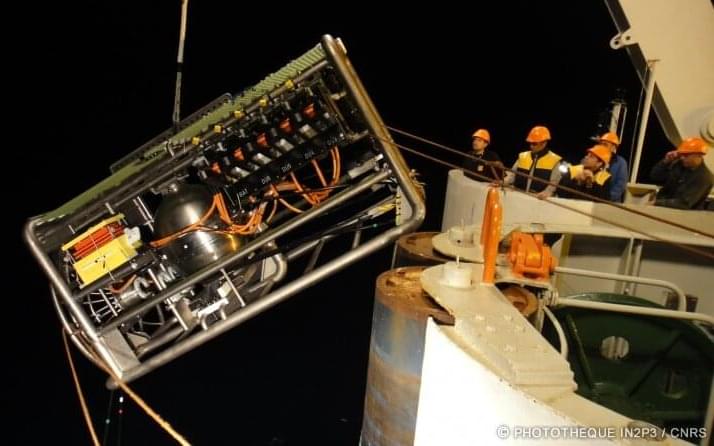
The Laboratoire Sous-marin Provence Méditerranée (LSPM) lies 40 km off the coast of Toulon, at a depth of 2,450 m, inaccessible even to sunlight. Through this national research platform run by the CNRS in collaboration with Aix-Marseille University (AMU) and IFREMER, scientists will investigate undersea unknowns while scanning the skies for neutrinos. These elementary particles of extraterrestrial origin know few obstacles and can even traverse our planet without bumping into a single atom.
The main instrument at the LSPM is KM3NeT, a giant neutrino detector developed by a team of 250 researchers from 17 countries. In the pitch-black abyss, KM3NeT will study the trails of bluish light that neutrinos leave in the water. Capable of detecting dozens of these particles a day, it will help elucidate their quantum properties, which still defy our understanding.
The other LSPM instruments will permit the scientific community to study the life and chemistry of these depths. They will offer researchers insights into ocean acidification, deep-sea deoxygenation, marine radioactivity, and seismicity, and allow them to track cetacean populations as well as observe bioluminescent animals. This oceanographic instrumentation is integrated into the subsea observatory network of the EMSO European research infrastructure.

Scientists at Osaka University were part of a particle accelerator experiment that produced an exotic and highly unstable particle, and determined its mass. This could contribute to a better understanding of the inner workings of ultra-dense neutron stars.
The Standard Model of particle physics explains that most particles are made of combinations of just six types of basic entities called quarks. However, there are still many unsolved mysteries, one of which is Λ(1405), an exotic but fleeting Lambda resonance. It was previously believed to be a specific combination of three quarks – up, down, and strange – and gaining insight into its composition could assist in uncovering information about the extremely dense matter in neutron stars.
Now, investigators from Osaka University were part of a team that succeeded in synthesizing Λ(1405) for the first time by combining a K– meson and a proton and determining its complex mass (mass and width). The K– meson is a negatively charged particle containing a strange quark and an up antiquark.